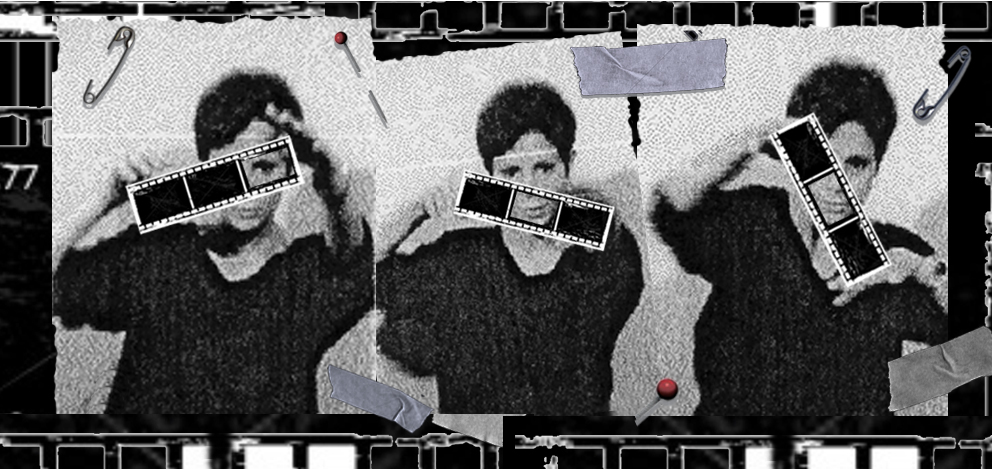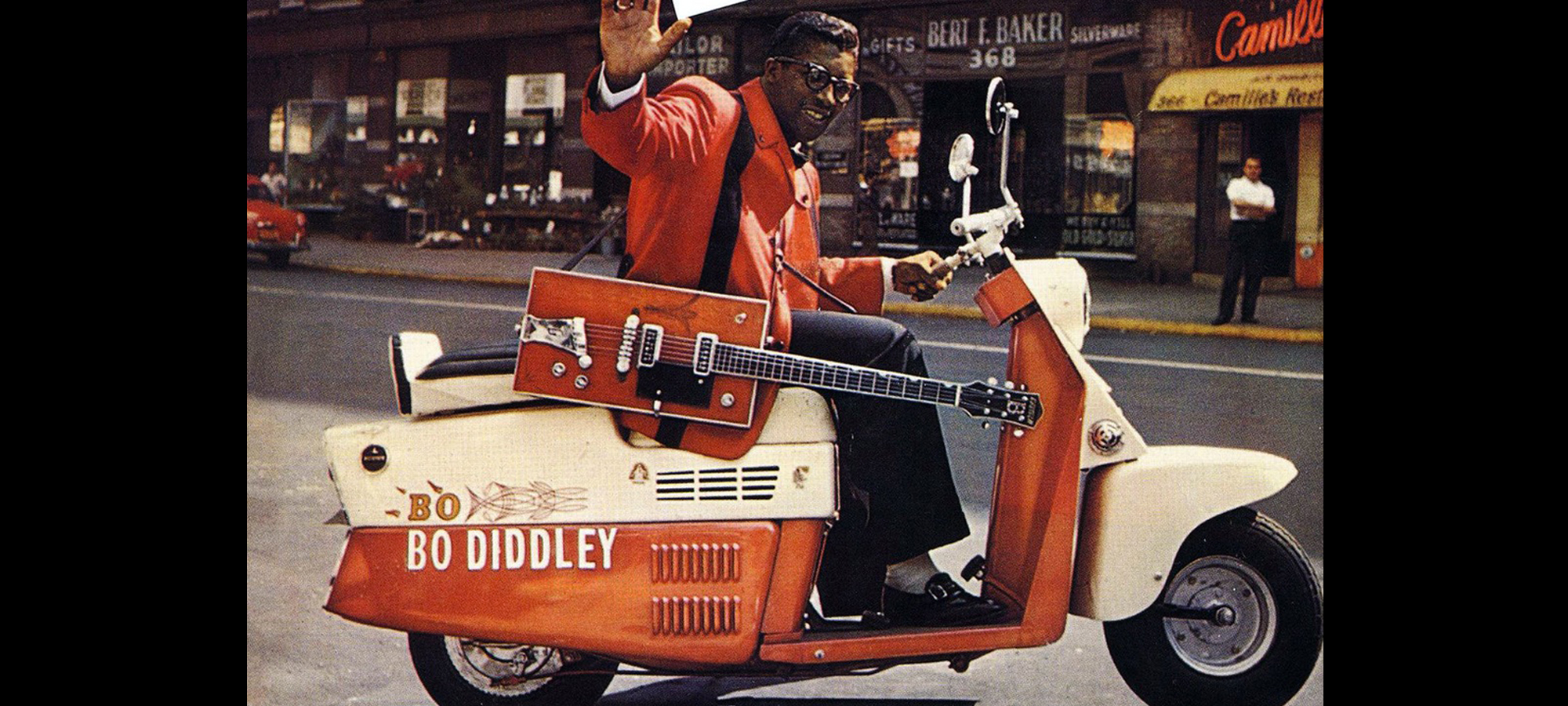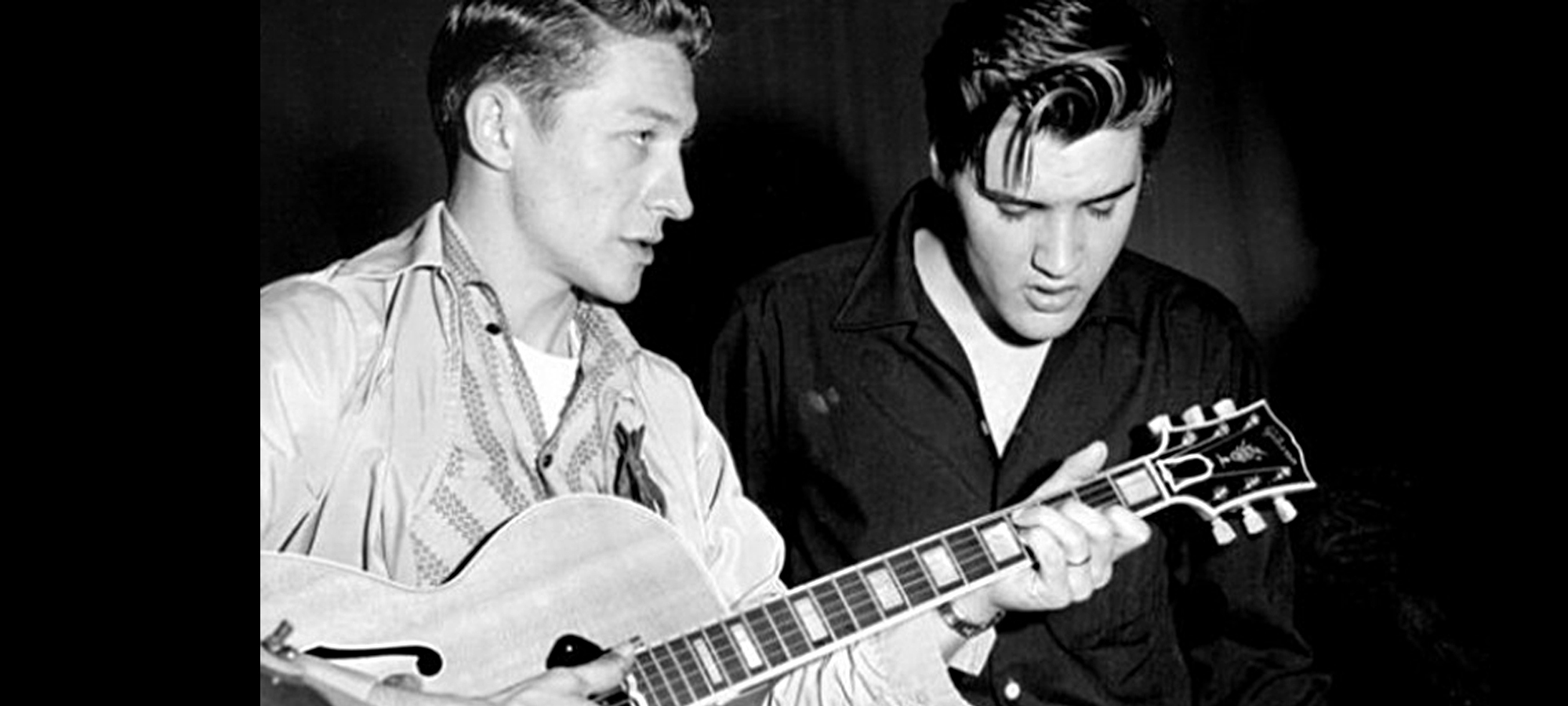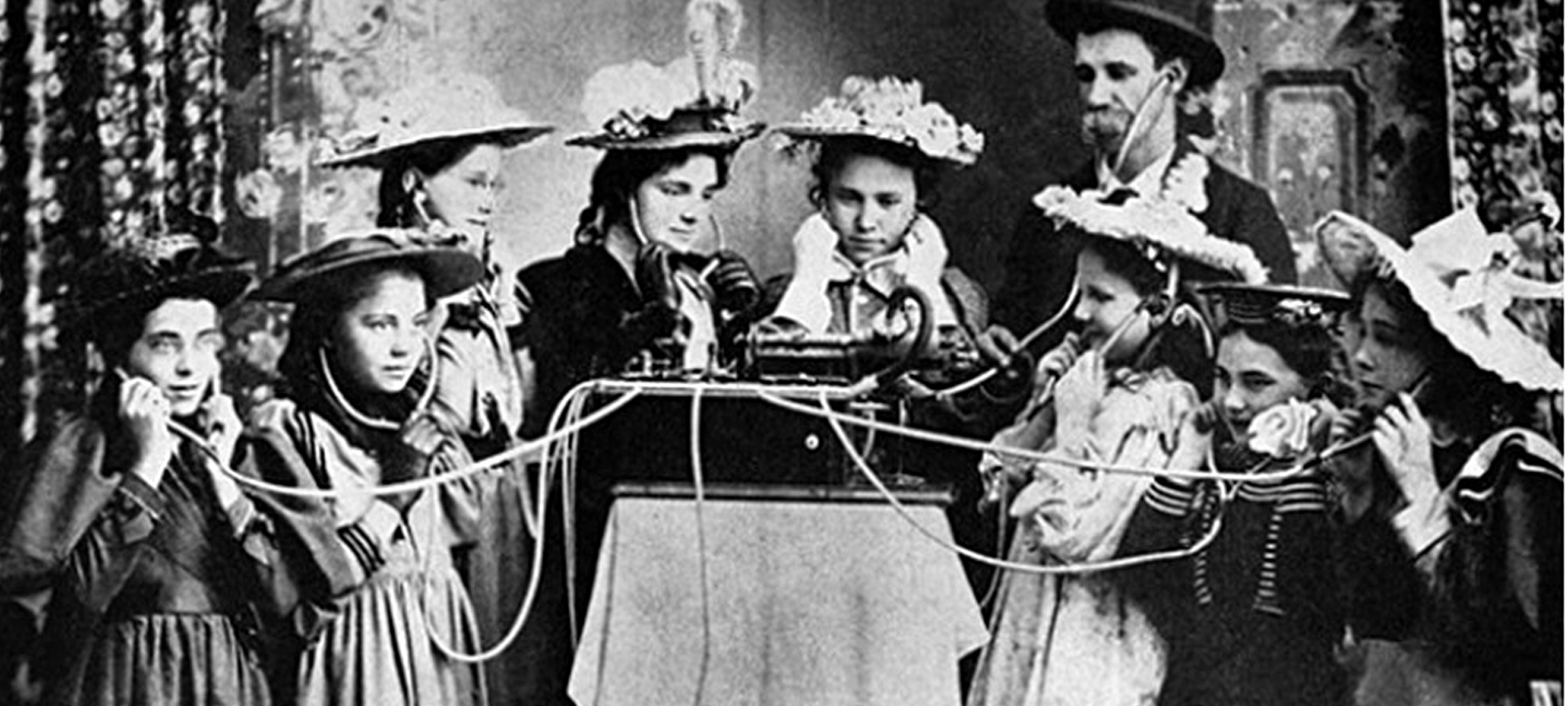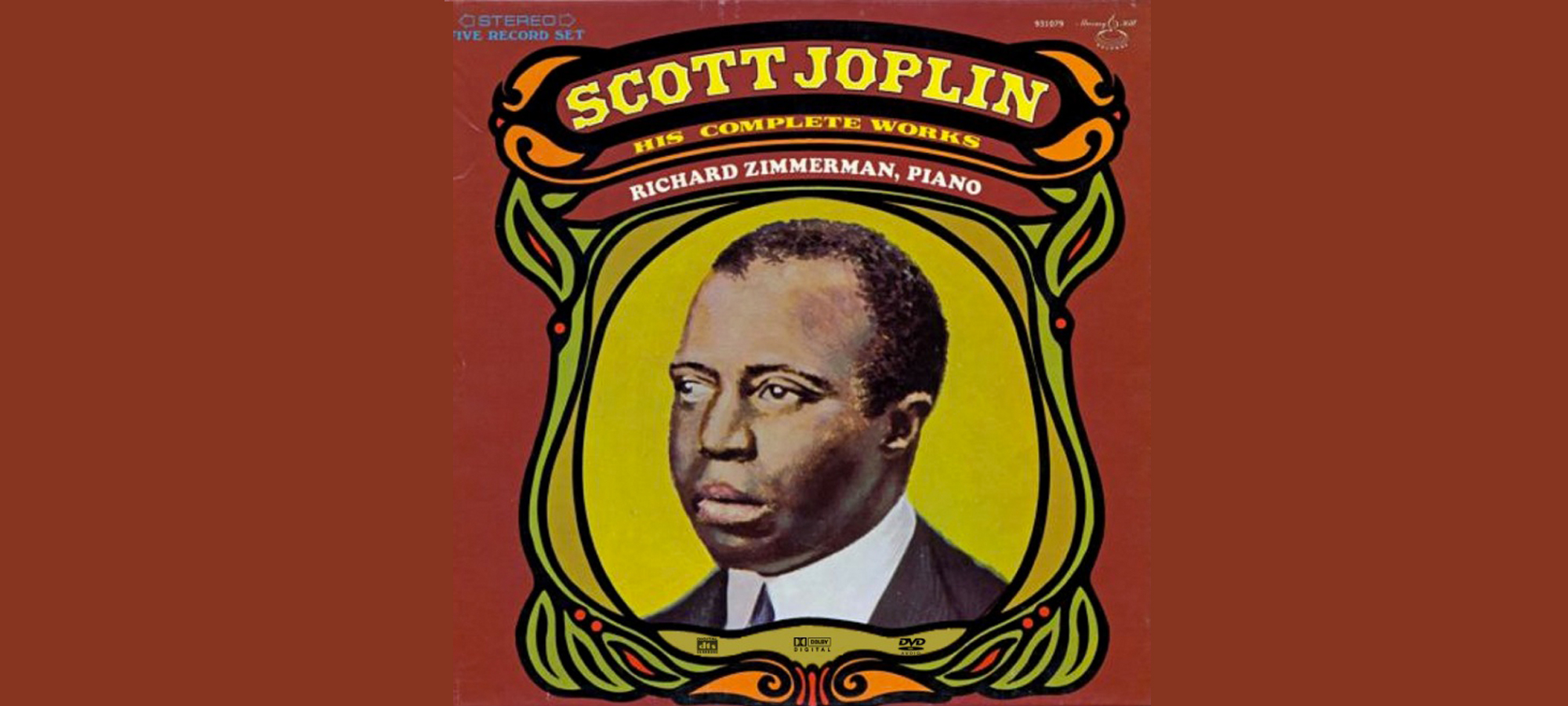Bo’s Diddley Beat Made Lots of Beautiful Babies
An important event on this date kicked off what would become an indispensable element of rock-n-roll music for time immemorial. On March 2, 1955, legendary R&B master Bo Diddley entered a Universal recording studio in Chicago and burned onto vinyl his song "Bo Diddley." With it's distinctive five-accent rhythm beat, it launched a thousand rock songs. The sound sprang from traditional African clave rhythms and gave way to a style known as "hambone" - a technique of making music by slapping one's arms, legs, cheeks and chest while singing simple rhyming songs. Say the phrase, "shave and a HAIR CUT…TWO BITS" and you get a simple idea of the rhythm. Lots of Diddley-based tunes are obvious, like "Willy and the Hand Jive" and Bo's own "Who Do You Love?" But you may not realize just how many songs have been fueled by that distinctive beat. No rocker can resist it! Here's a collection of my favorite Bo Babies. Turn your speakers up loud and go crazy, man, crazy!

